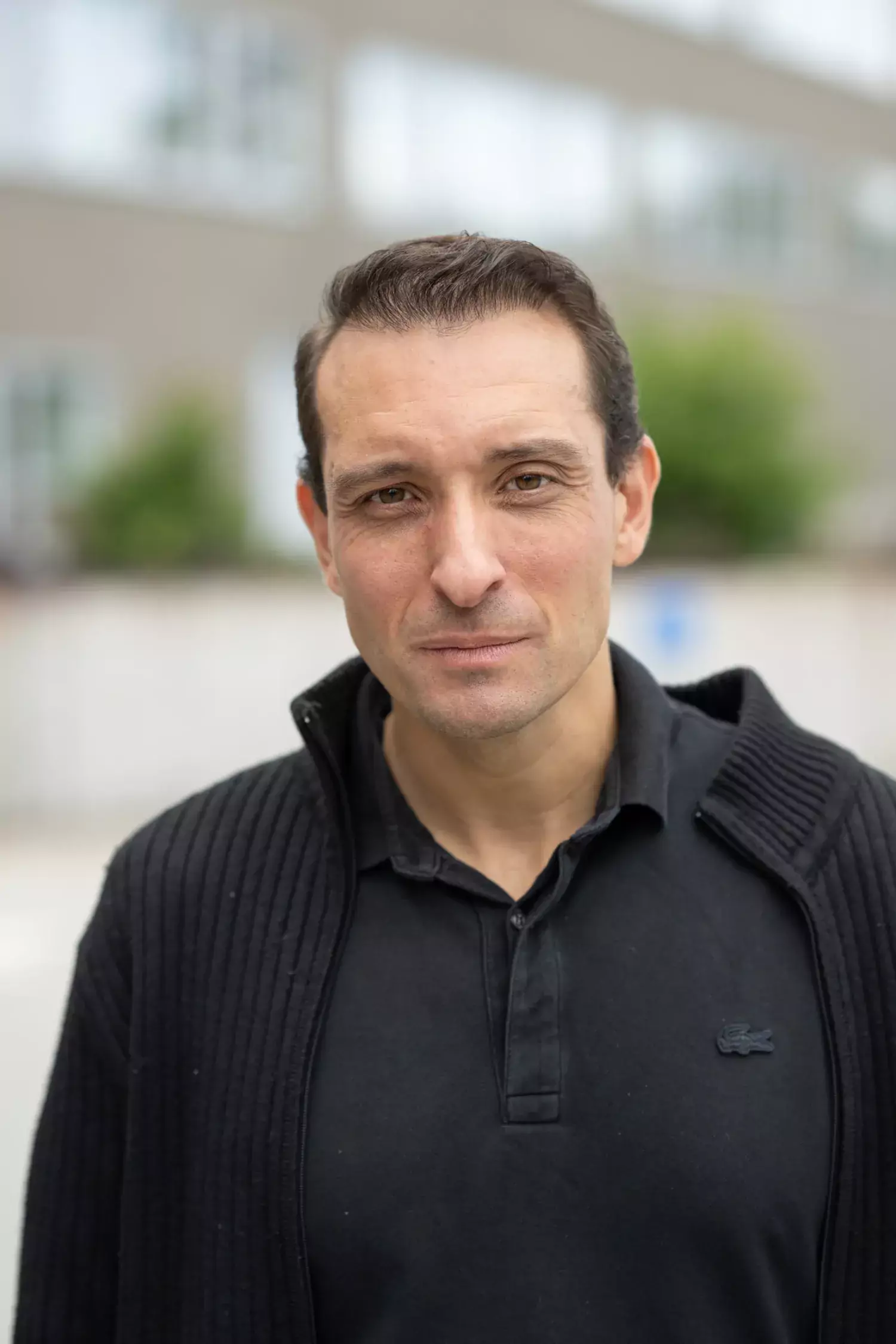Risk assessments of violence can be changed
Who is at the highest risk of committing violent acts - and who is not? Forensic psychiatrist Jonas Forsman's researches involves an instrument that can, in a best case scenario, simplify the assessment of most forensic psychiatric patients.
Text: Annika Lund, for the magazine Medicinsk Vetenskap nr 3 2023 / Spotlight on forensic psychiatric care
A violent crime, but non-lethal violence. That is the most common reason for why a person is sentenced to forensic psychiatric care. And the risk of violence carries a lot of weight when the court needs to make a decision on leave, ground privileges, transfer to outpatient care and finally completed care.
But - what should be factored into a risk assessment? What should you look for in order to understand if a person is at a low, moderate or high risk of becoming violent?
Research has been conducted into what characterises forensic psychiatric patients who commit violent crimes. A number of parameters have proven to be especially important, such as male gender, age and a history of violent crimes.

Jonas Forsman, who conducts research at the Department of Clinical Neuroscience at Karolinska Institutet, is studying the tool FoVOx, where twelve of such well-known risk factors are weighed. FoVOx is available free of charge online and is similar to a simple self-assessment tool.
Researchers have developed the tool based on Swedish forensic psychiatric care. They have identified patients who have first been discharged from forensic psychiatric care and convicted of a violent crime later on. As part of the next step, they assessed how correct the risk assessment would have been if FoVOx had been used when the patients were discharged.
And the tool turned out to have a so called AUC value (area under curve) of 0.77. This is a value where 0.5 means that the assessment is no better than coincidence and 1.0 means a perfect identification of who will later be convicted or not convicted of a violent crime. A AUC value of 0.77 is roughly what several of the tools that are already being used in forensic psychiatry today has, where two of them are called HCR-20 and VRAG.
"No instrument appears to exceed a AUC value that goes very far beyond 0.8. There have been a lot of discussion on what the reason for this is. If one were to guess it probably has something to do with the unpredictability of human beings - a person might change their opinions, wishes or interest rather quickly and that will have an impact on their behaviour, says Jonas Forsman.
Easier to use
Thus, the main point FoVOx is not that is more accurate, but simply that it is easier to use. In HCR-20, so called dynamic factors are weighed in, where the assessor needs to estimate, for example, drug compliance, illness insight or how a person appears to have felt in the last little while. VRAG is more similar to FoVOx in the way that it summarises statistical factors, such as substance abuse or type of violent crime. However, neither VRAG nor HCR-20 have been validated or calibrated to Swedish conditions. FoVOx has however, in which the group that has been studied includes all patients who have received forensic psychiatric care in Sweden during the study periods.
"I believe that FoVOx could be very useful when we need to do risk assessments of people who have a regular forensic psychiatry profile. It has the potential of making our work more effective, so that we can focus more on the rare, more extreme cases where it is harder to make an assessment. I'm referring to, for example, unusual crimes or people with severe autism, who may have a deviating thought process and a lacking ability to talk about their inner workings, Jonas Forsman explains.
 Photo: n/a
Photo: n/aSentenced to care - punishment or opportunity?
In 2022, roughly 350 people were sentenced to forensic psychiatric care. There is a unique borderland between the judicial system and healthcare, in which a person who has completed their medical treatment can be prevented from being discharged. At the same time, many patients are saying that they have benefited from the care. And fewer people relapse into crime after they have received forensic psychiatric care than they do after being imprisoned.
